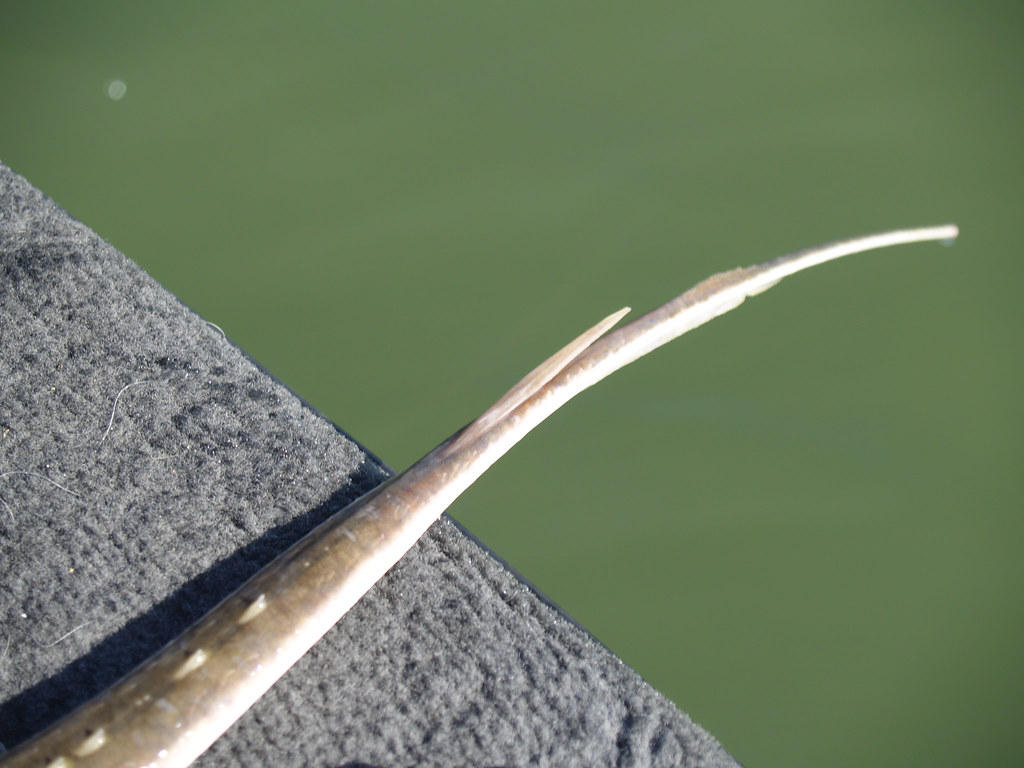The stingray barb is an intriguing and often misunderstood feature of one of the ocean's most enigmatic creatures. Found in various species of stingrays, this specialized structure serves a dual purpose: it is both a defense mechanism and a tool for survival in the aquatic environment. The barb, which is typically located on the tail of the stingray, is not just a simple spike; it is a complex biological structure that has evolved over millions of years to provide protection against predators and threats.
Stingrays are fascinating marine animals that thrive in coastal waters and deeper regions of the ocean. Their elusive nature and unique adaptations make them a subject of interest for marine biologists and enthusiasts alike. Understanding the stingray barb is essential to appreciating the role these creatures play in their ecosystems, as well as acknowledging the potential dangers they pose to humans who inadvertently come into contact with them.
In this article, we will explore various aspects of the stingray barb, from its anatomy and function to safety precautions for beachgoers. The more we learn about this remarkable adaptation, the better equipped we are to coexist with these captivating creatures and respect their place in our oceans.
What is a Stingray Barb?
The stingray barb is a modified spine located on the tail of stingrays. It is primarily made of keratin, the same protein that forms human hair and nails. This barb can vary in size, shape, and toxicity depending on the species of stingray. Some barbs are relatively small and non-toxic, while others can deliver a painful sting that can incapacitate a predator or even a human.
How Does the Stingray Barb Function?
The primary function of the stingray barb is defense. When threatened, a stingray can quickly whip its tail, using the barb to strike out at potential threats. The barb can be coated with venom, which can cause intense pain and swelling in humans. This venom serves as a deterrent, allowing the stingray to escape from predators.
What Are the Effects of a Stingray Barb Injury?
Injuries caused by a stingray barb can range from mild to severe. Common symptoms include:
- Immediate pain at the site of entry
- Swelling and redness
- Nausea and vomiting
- Infection if not properly treated
In severe cases, a stingray barb injury may require medical attention, including pain management and possibly surgery to remove the barb.
How to Avoid Stingray Barb Injuries?
While encounters with stingrays are relatively rare, there are precautions beachgoers can take to minimize the risk of injury:
- Shuffle your feet when walking in shallow waters to avoid stepping directly on a stingray.
- Avoid wearing bright colors or shiny jewelry, which can attract stingrays.
- Be aware of your surroundings and watch for any signs of stingrays in the water.
- Educate yourself about the types of stingrays in the area you are visiting.
What Should You Do if Stung by a Stingray Barb?
If you do experience a stingray barb injury, it is important to take immediate action:
- Rinse the wound with hot water (not scalding) to help reduce pain and inactivate the venom.
- Seek medical attention, especially if the pain persists or if you notice signs of infection.
- Do not attempt to remove the barb yourself, as this may cause further injury.
Are Stingrays Dangerous to Humans?
While stingrays can be dangerous due to their barbs, they are generally not aggressive and will only sting when they feel threatened. Many species of stingrays are docile and can even be safely interacted with in controlled environments, such as aquariums. Education and awareness are key to preventing injuries and fostering a respectful relationship with these creatures.
Conclusion: Appreciating the Stingray and Its Barb
The stingray barb is a remarkable adaptation that serves an essential purpose in the life of these fascinating creatures. By understanding the function and potential dangers associated with the stingray barb, we can appreciate the complexity of these marine animals while taking appropriate precautions to ensure our safety. As stewards of the ocean, it is our responsibility to respect and protect the diverse life forms that inhabit our waters, including the often-overlooked stingray.
Exploring The Connection Between Hande Erçel And Hakan Sabancı
Victoria Ruffo: The Timeless Star Of Telenovelas
Unveiling The Life Of Melissa McKnight: A Journey Beyond The Limelight


/stingray-barb-Dave-Fleetham--Design-Pics-Perspectives-Getty-56a5f7a83df78cf7728abf19.jpg)